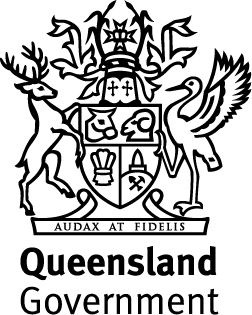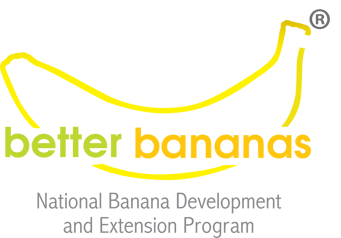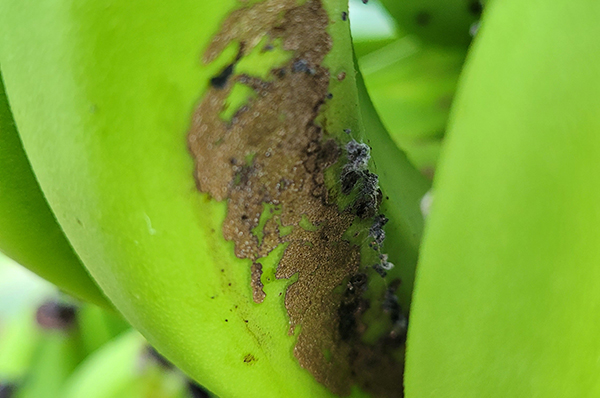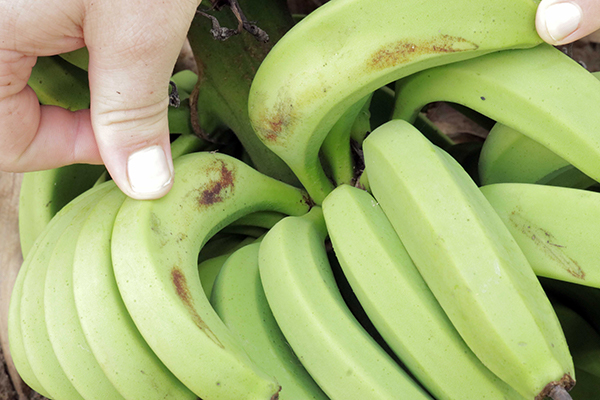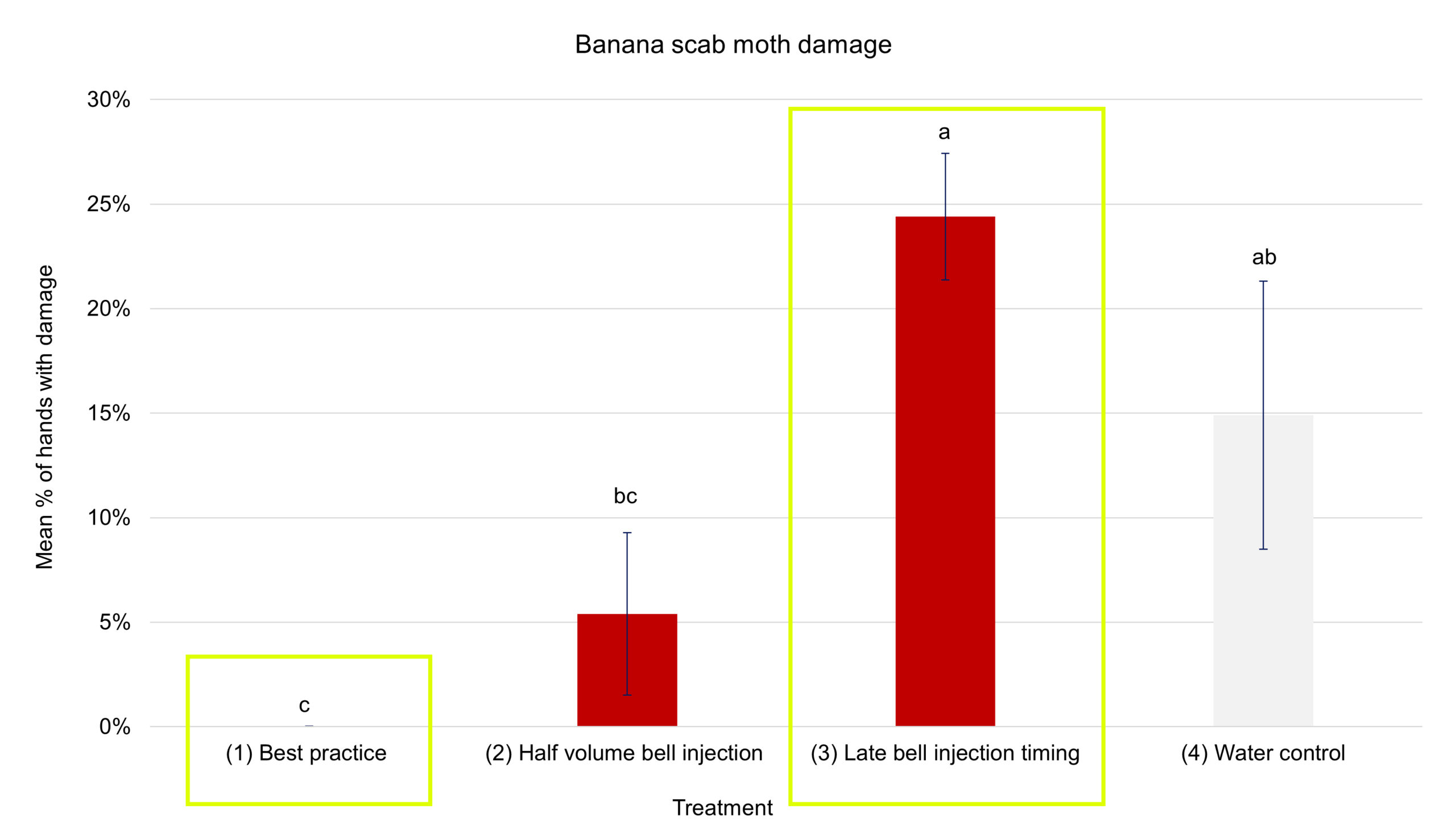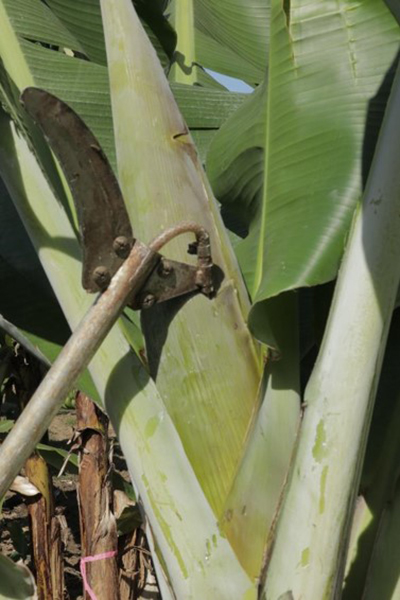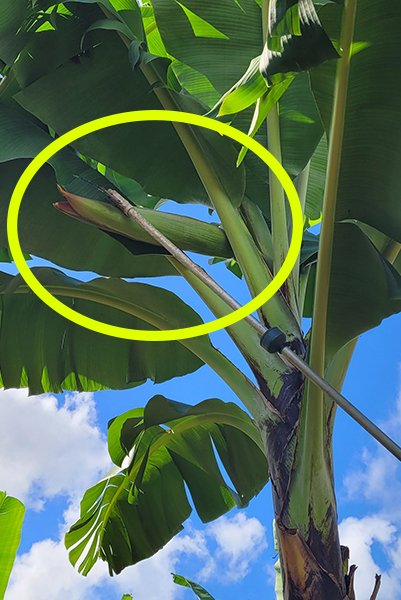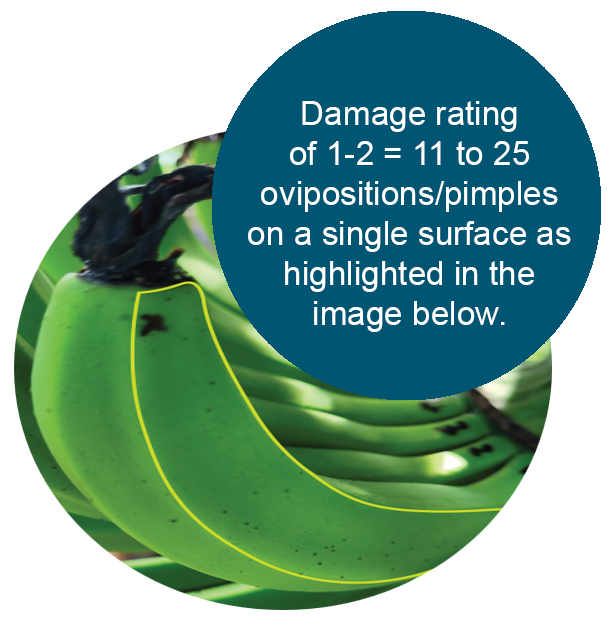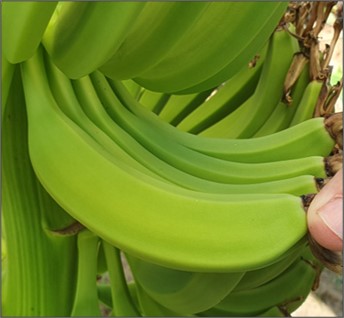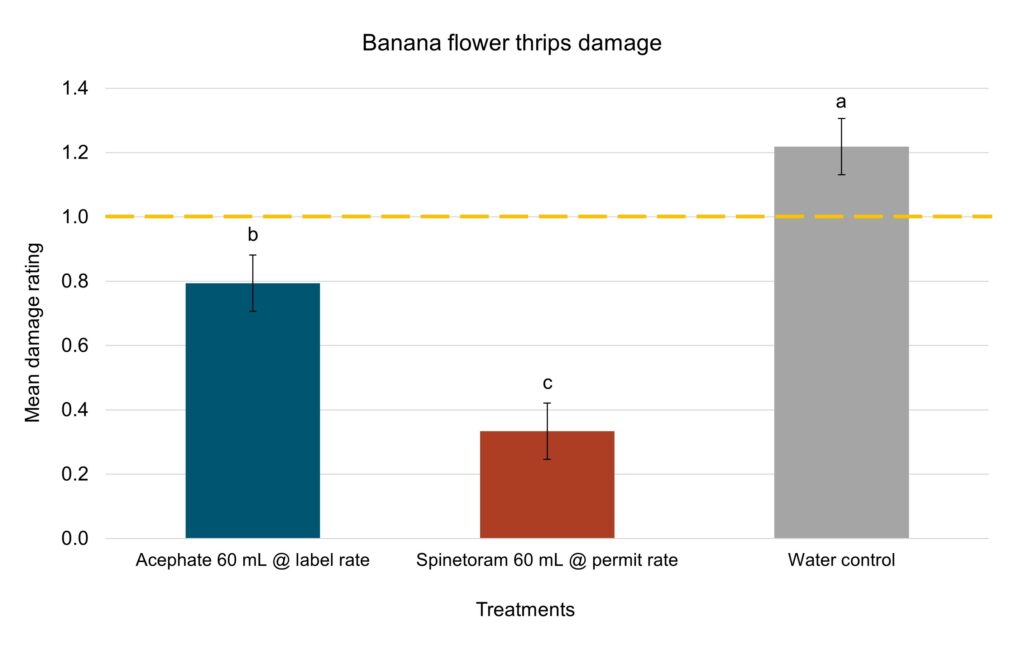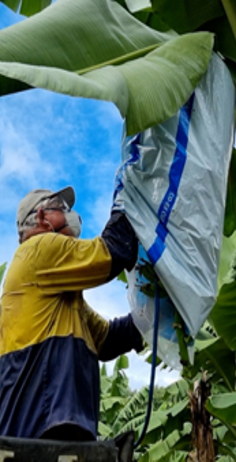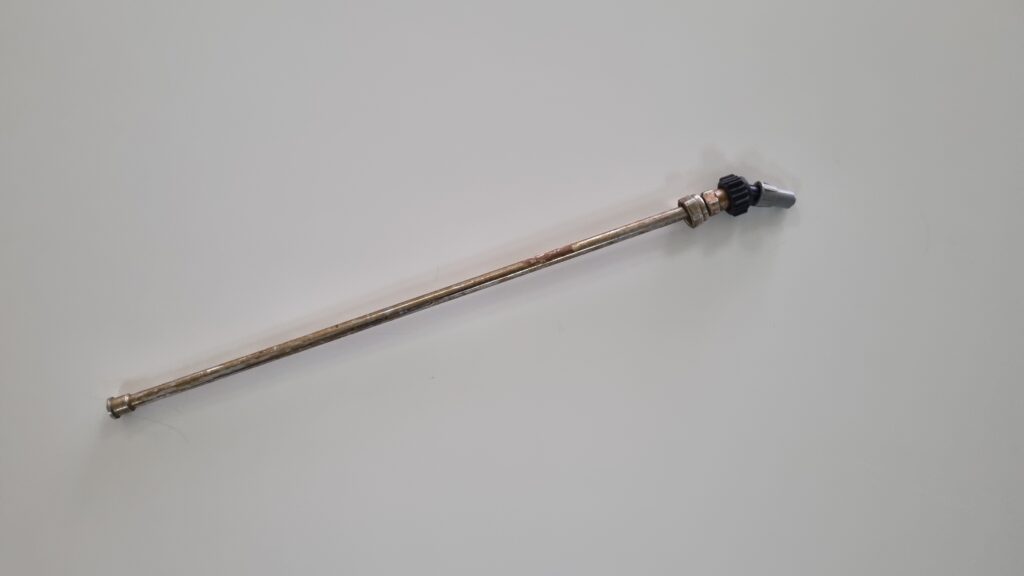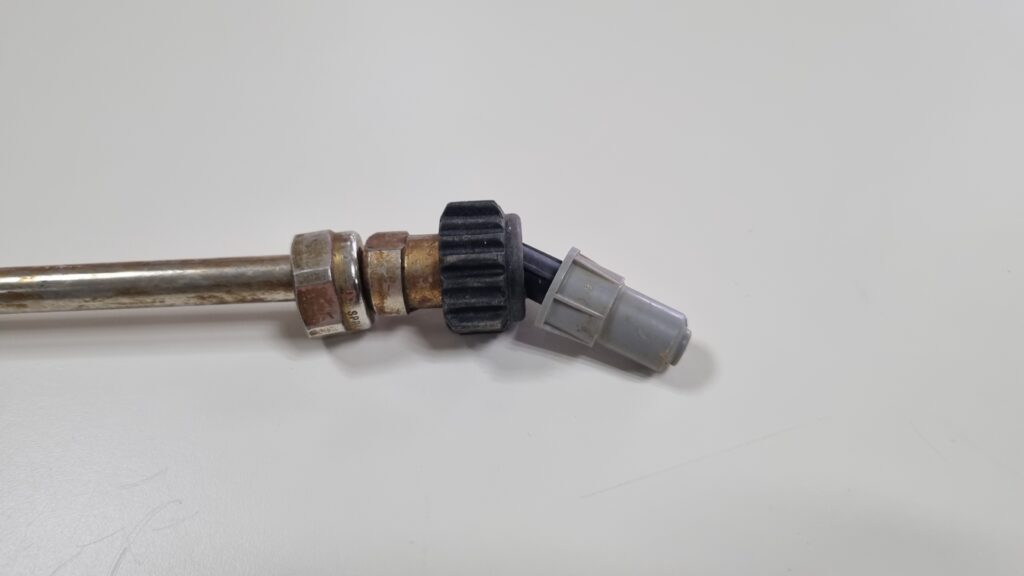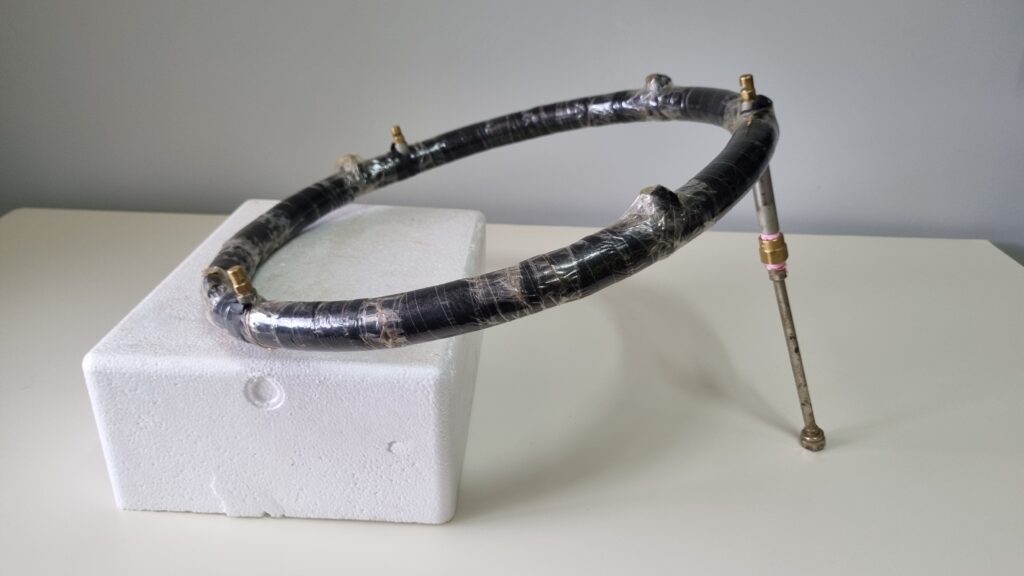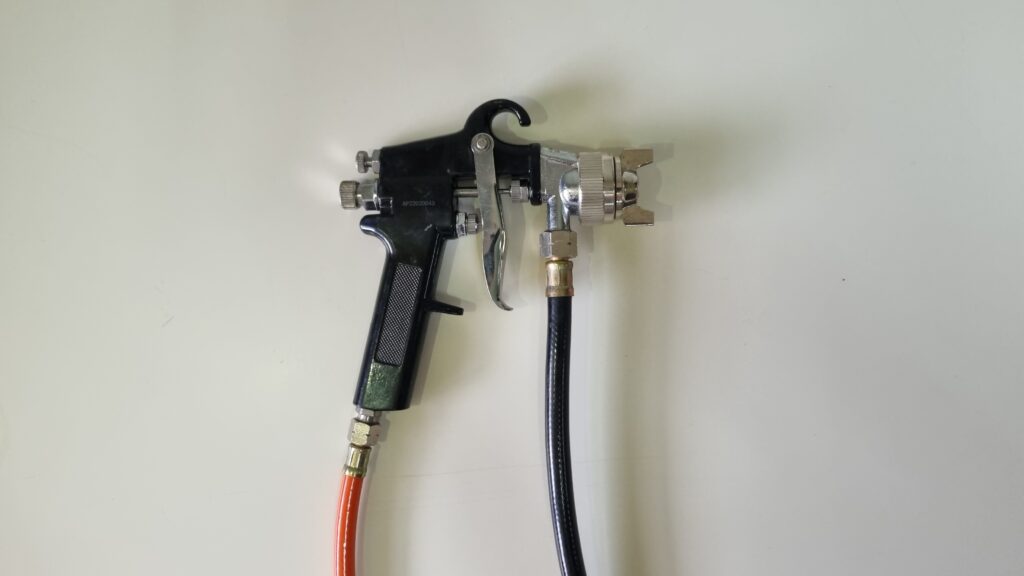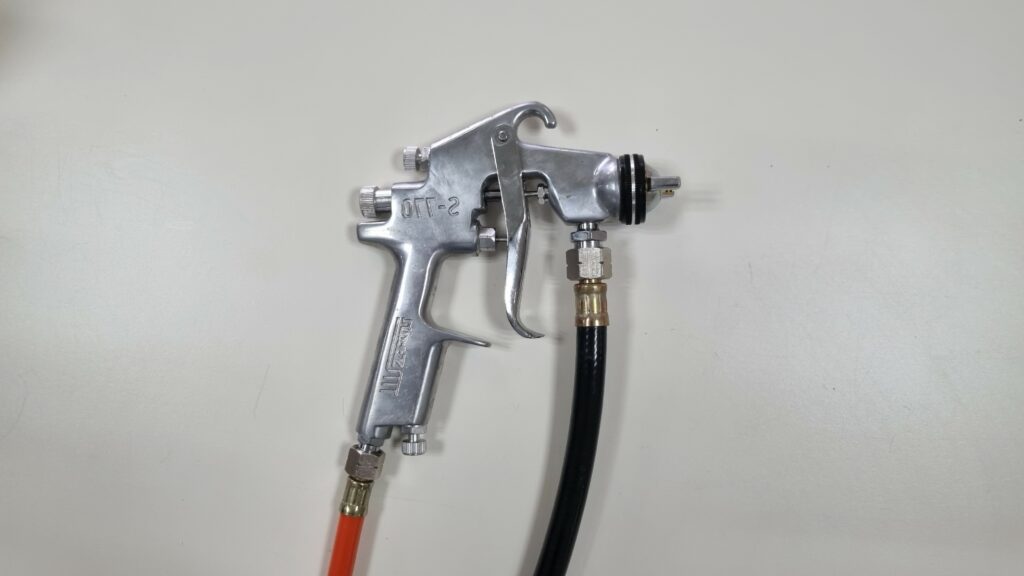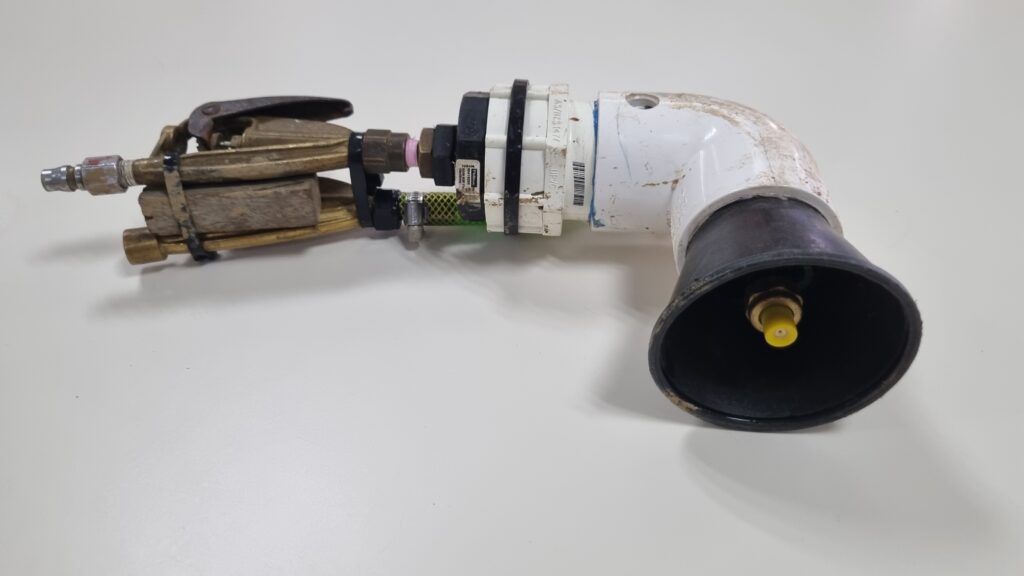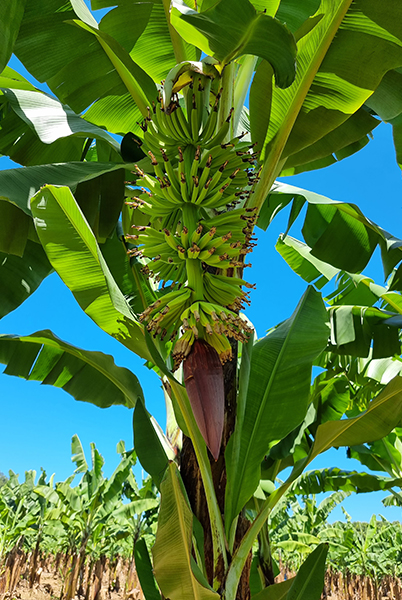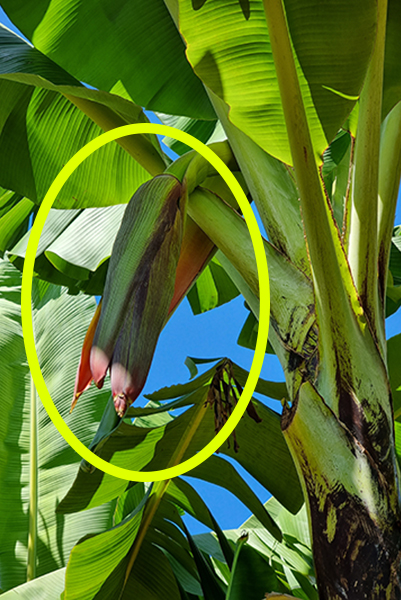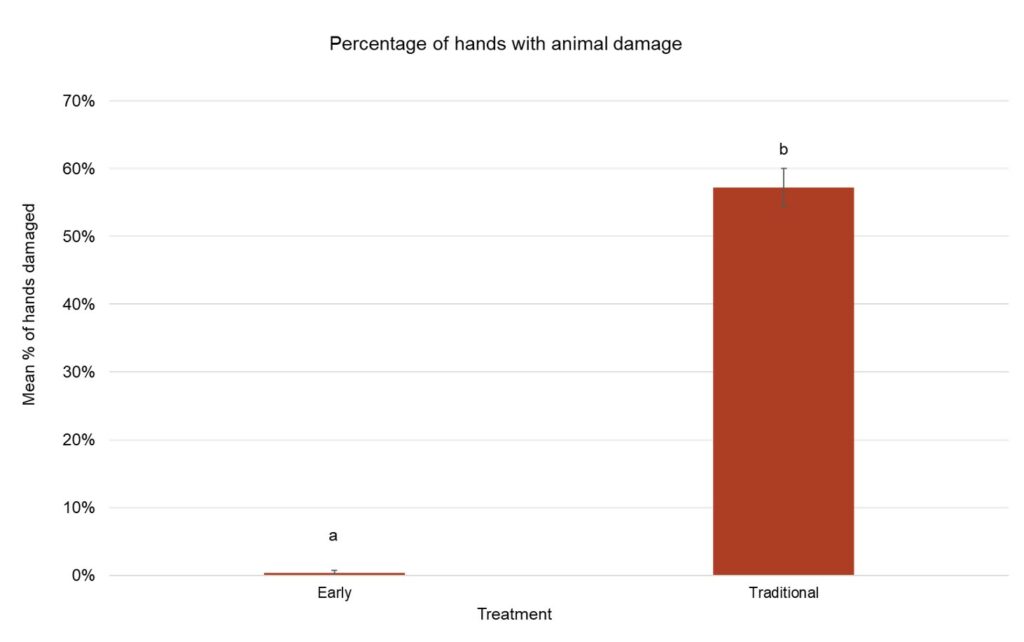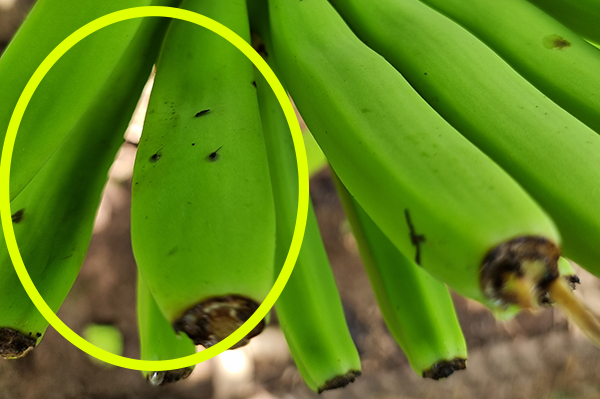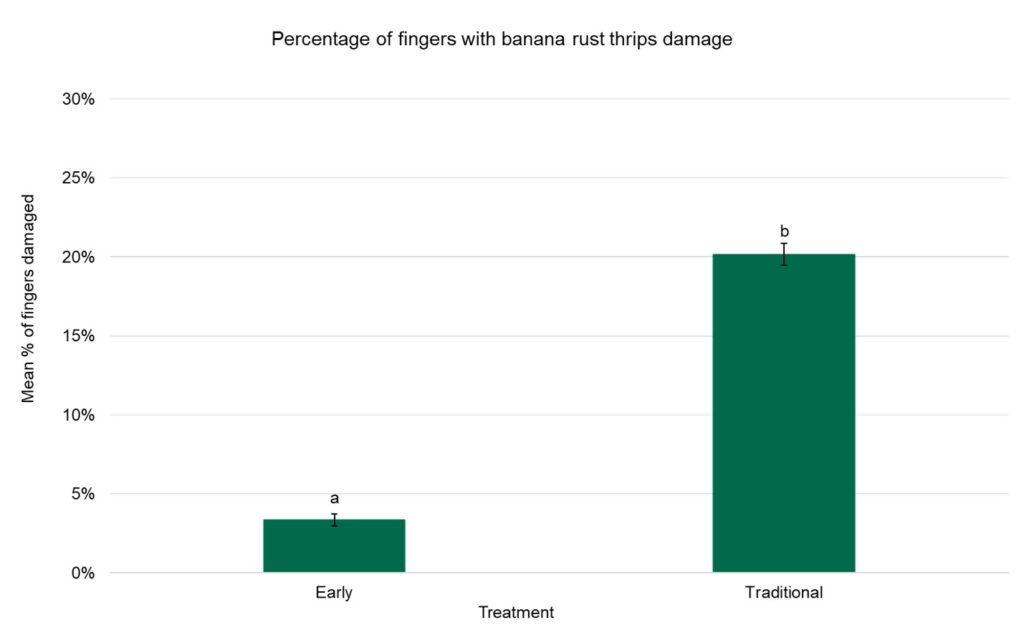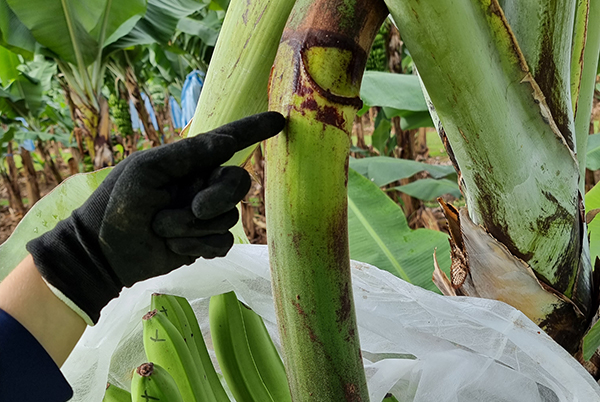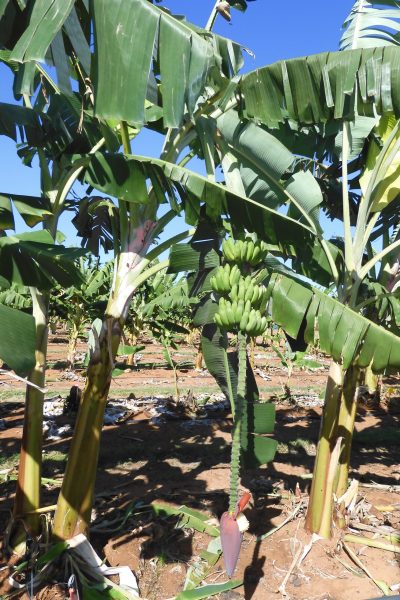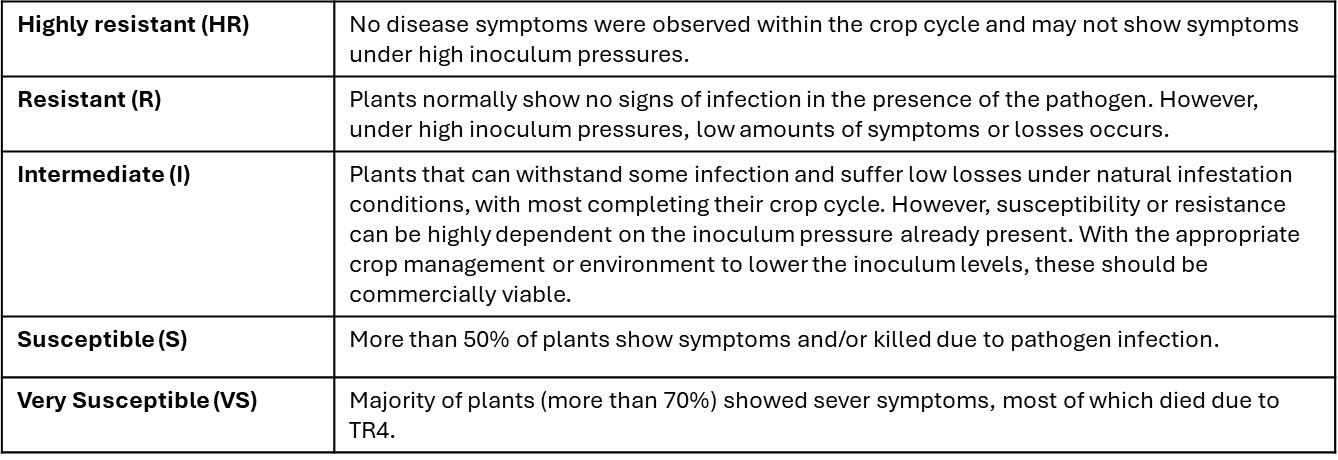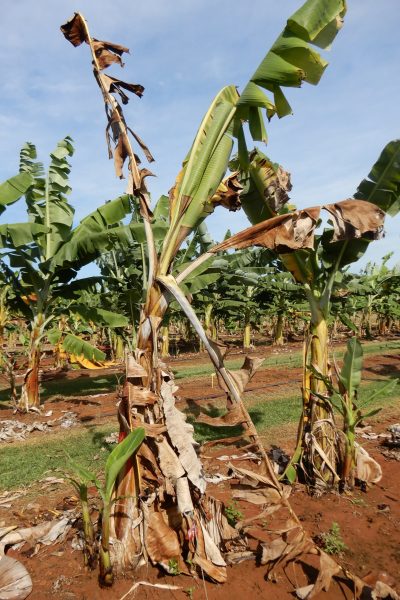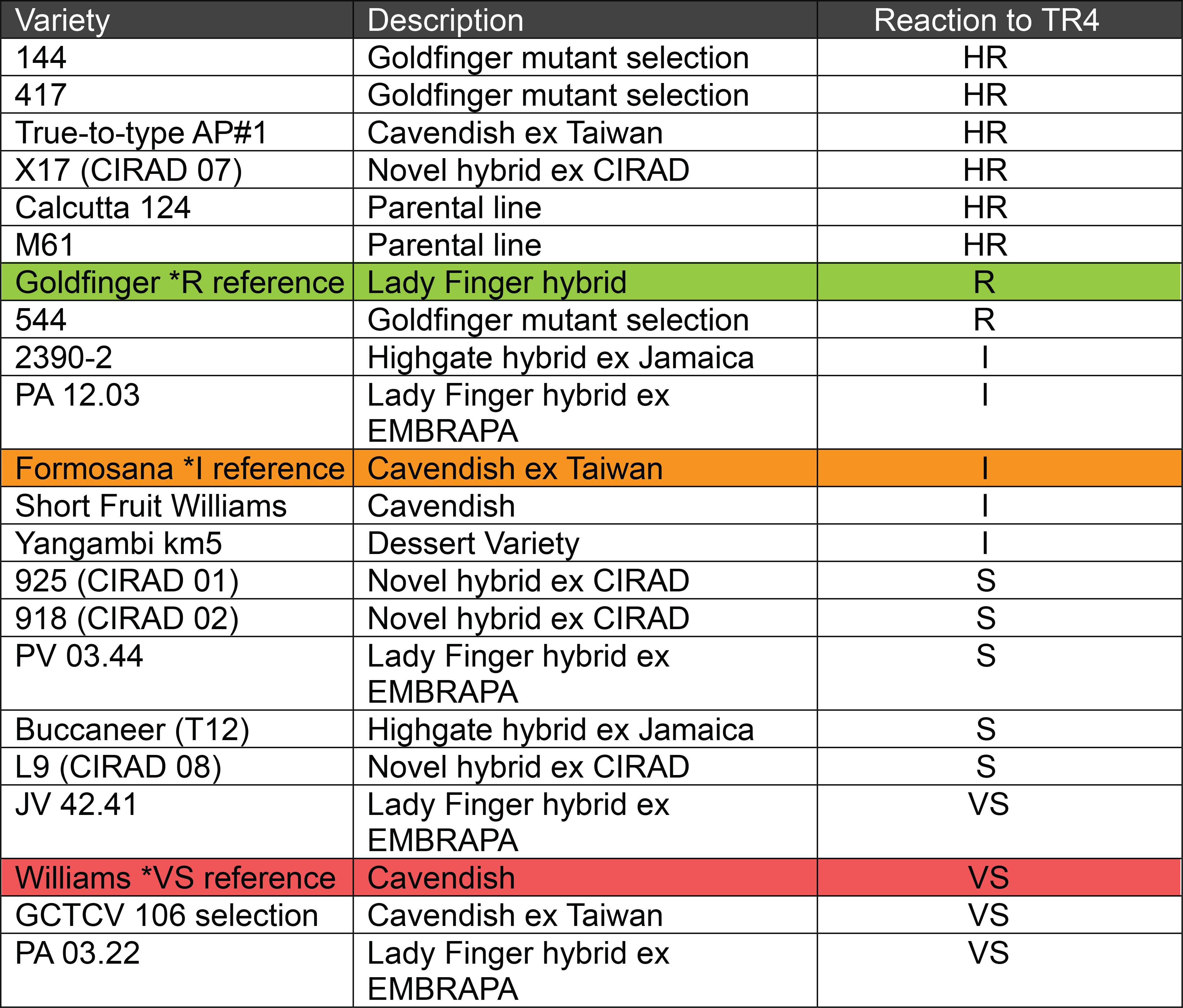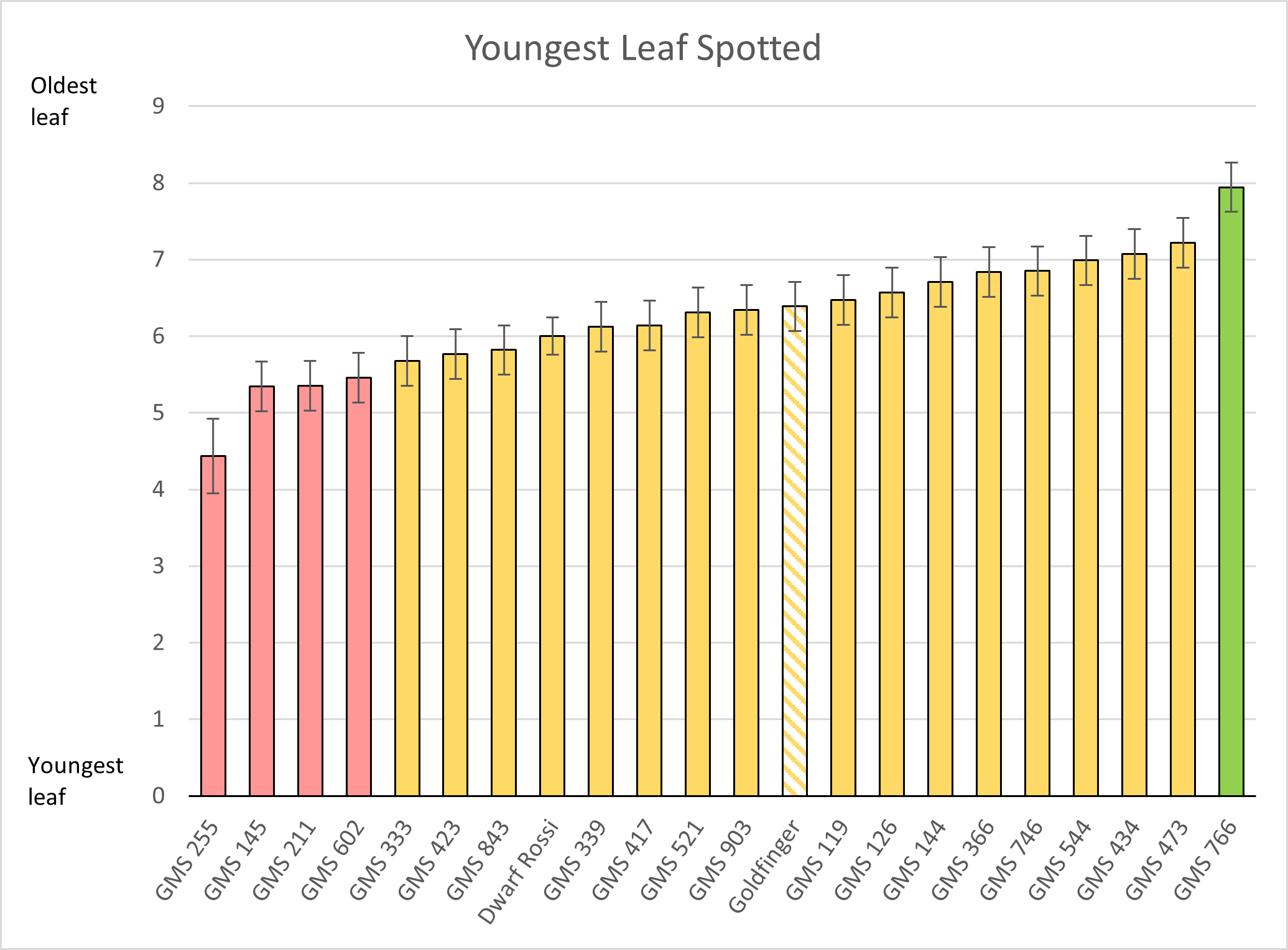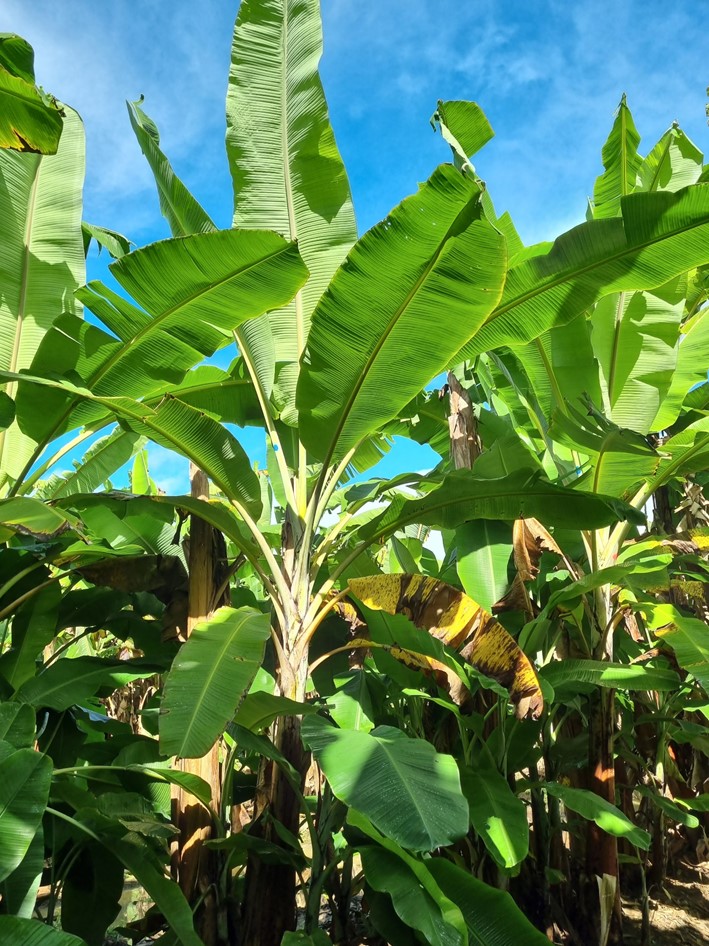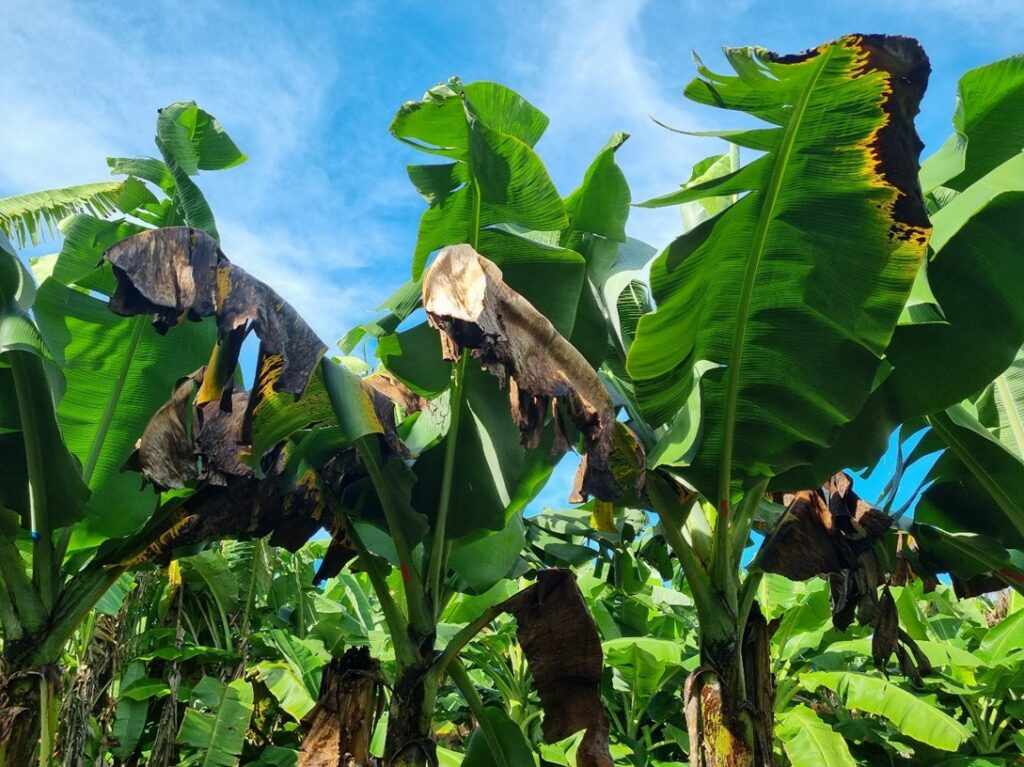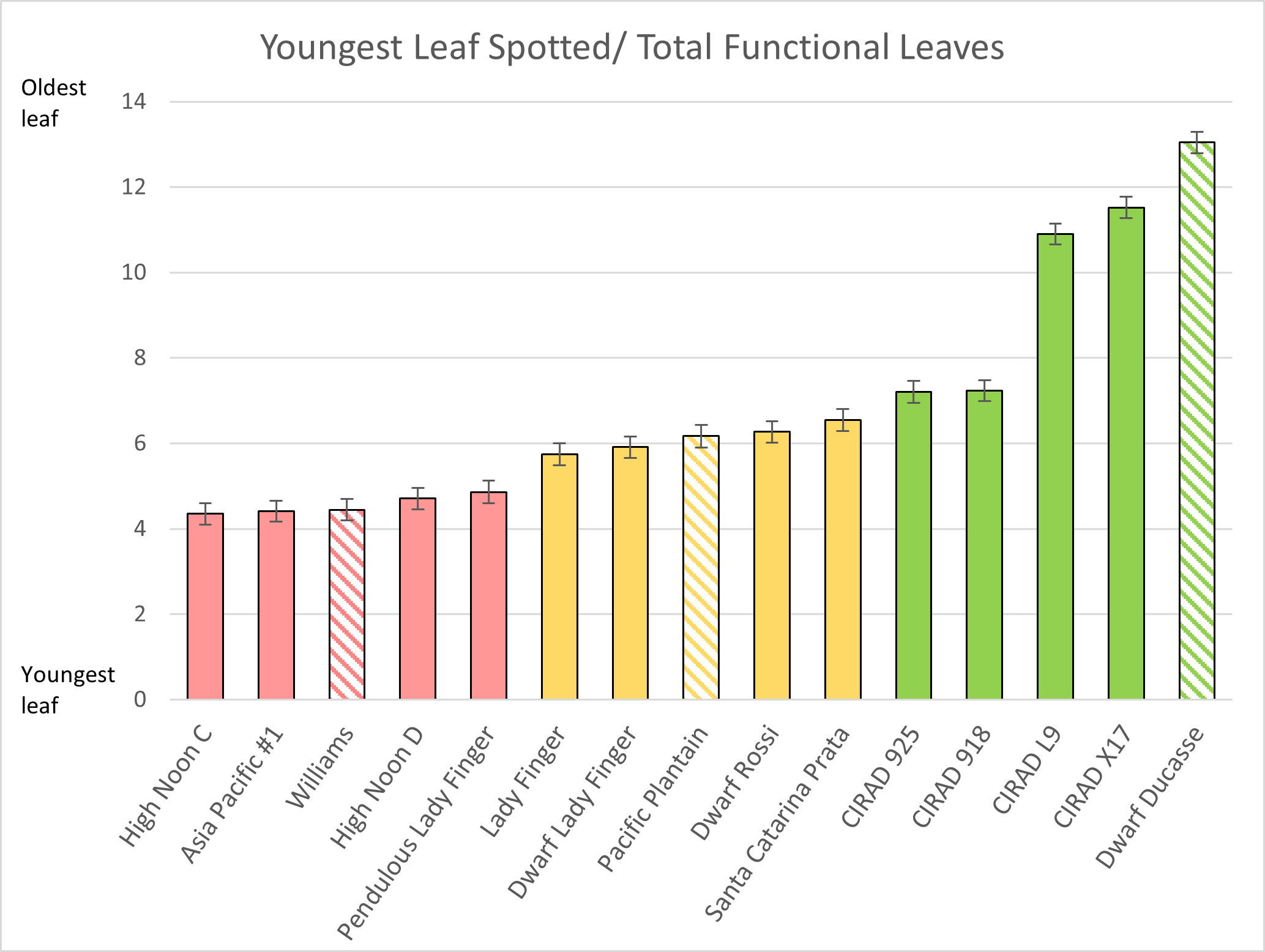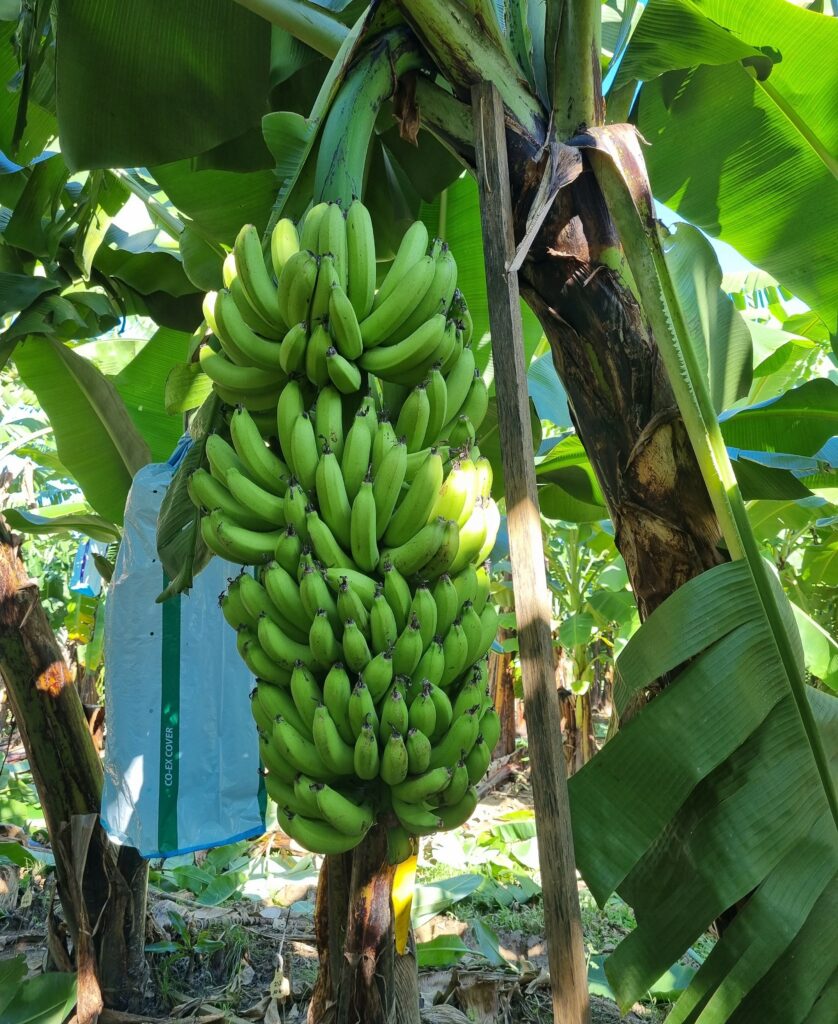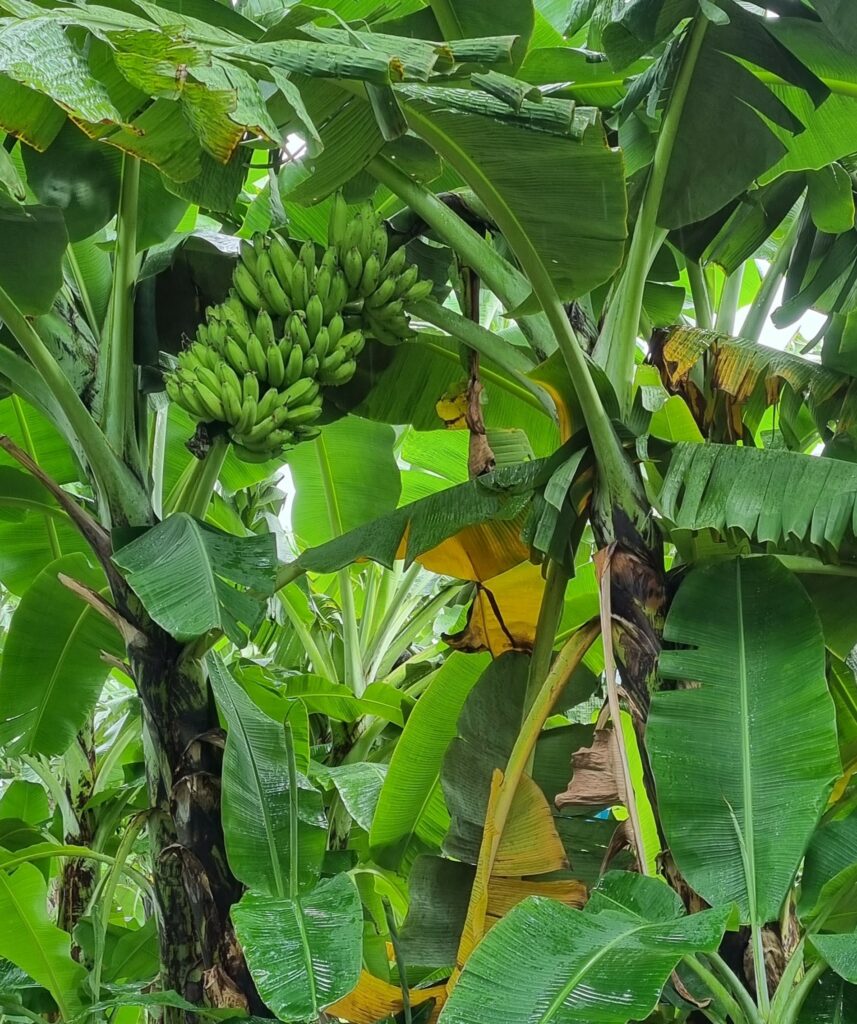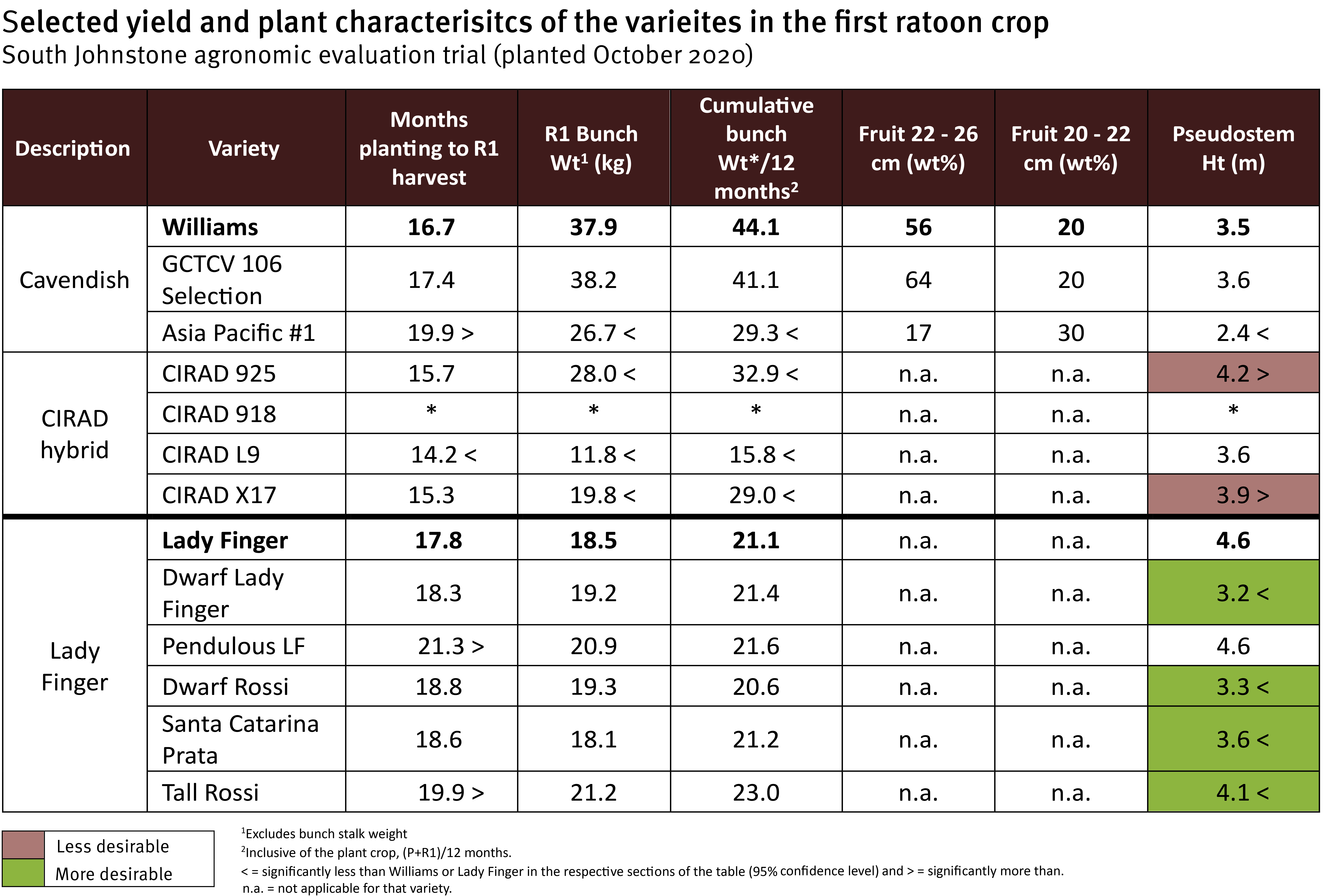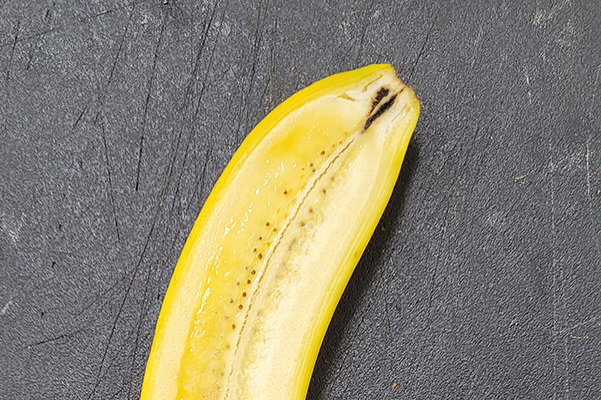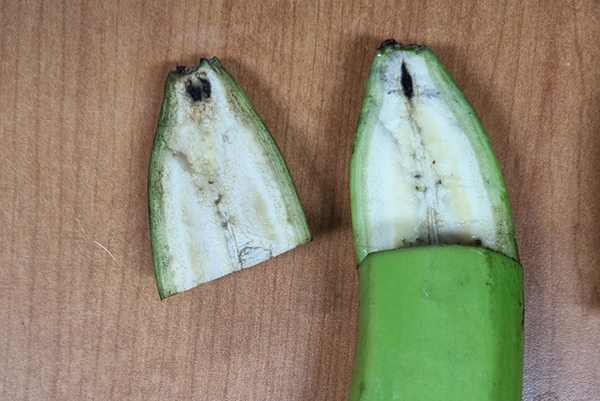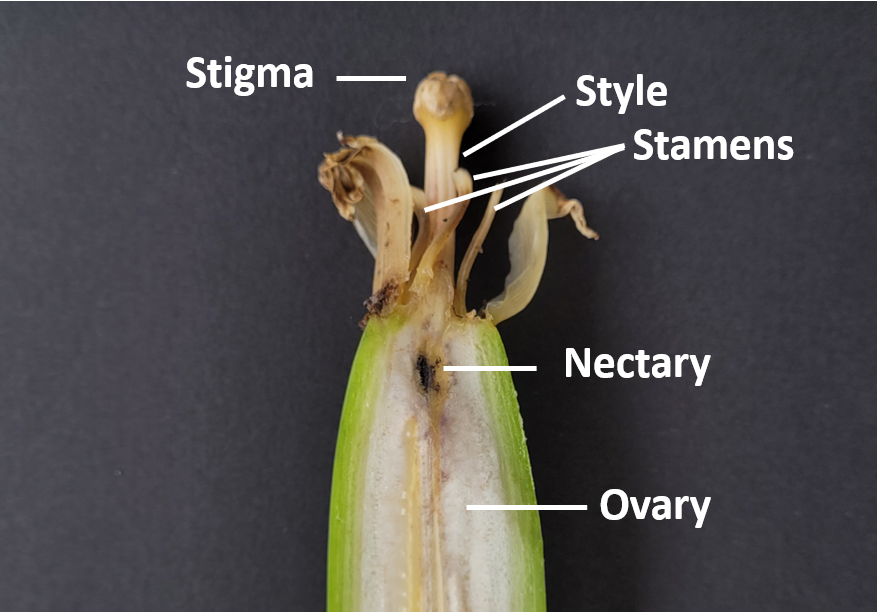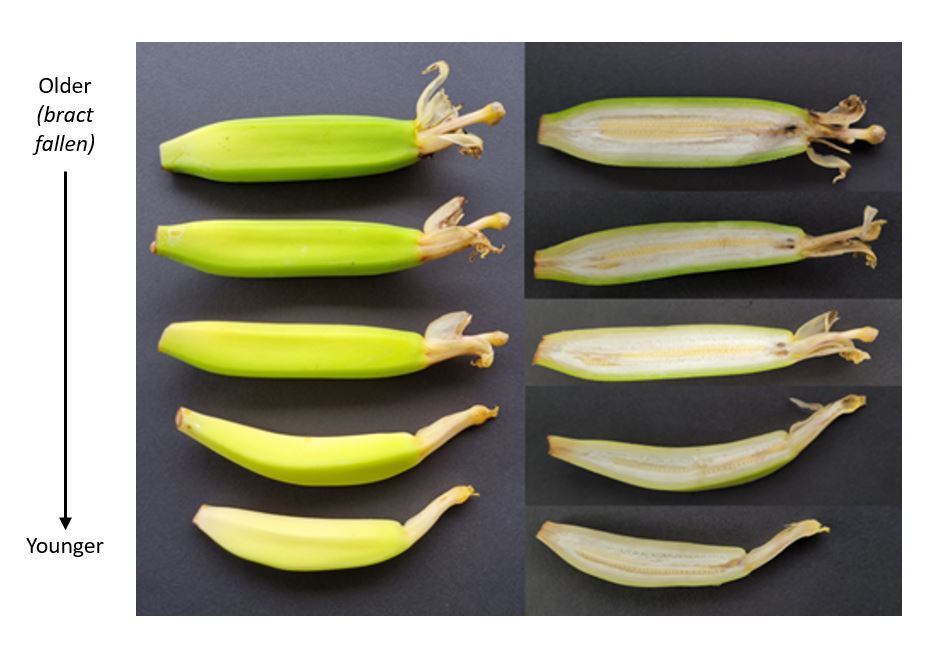By Ingrid Jenkins – DPI Banana Extension Team
Keep vigilant on banana freckle!
Banana freckle is an exotic fungal disease of bananas that can negatively impact plant health, productivity and fruit quality. The disease is caused by the fungus Phyllosticta and different species can impact different varieties.
In 2013, the species Phyllosticta cavendishii was first detected in the Northern Territory. This race affects Cavendish and non-Cavendish bananas, posing a significant risk to the Australian banana industry, with Cavendish bananas accounting for approximately 97% of production.
Since the initial detection, P. cavendishii has been subject to eradication responses under Australia’s national emergency response arrangements. In December 2024, the National Management Group agreed that banana freckle is not technically feasible to eradicate from Australia and the response in the Northern Territory will transition to the next phase being long-term management of the disease supported by official control requirements.¹
Movement restrictions are in place to stop the movement of plants, plant material and fruit from infected or suspect premises. Further, Queensland, New South Wales and Western Australia prohibit the entry of banana fruit and plant material from the Northern Territory, with quarantine checkpoints at some state borders.
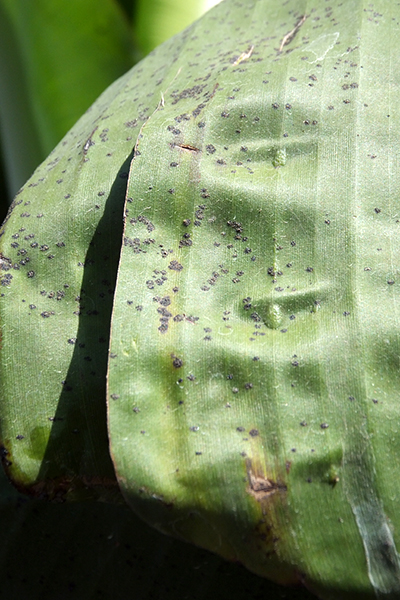
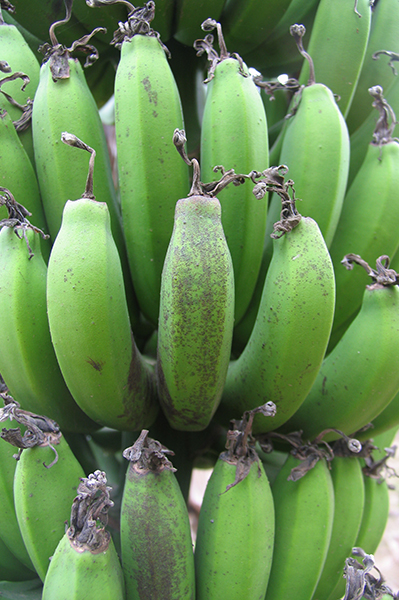
Symptoms and how it spreads.
Symptoms include small dark raised spots, 1 – 4mm in diameter on banana fruit and leaves. The raised texture is a result of the fungal structures protruding through the plant surface and have a sandpapery feel when you touch them. The spots may join to form streaks.²
Banana freckle is considered a ‘wet-spore’ organism and moves short distances by water droplet splash and wind-driven rain. The fungus is spread over larger distances by people moving infected fruit, leaves and suckers used for planting.²
Also present in Australia is Phyllostica maculata that causes similar symptoms on bananas. Banana freckle caused by P. maculata is very uncommon in Queensland and affects Lady Finger and Bluggoe varieties but not Cavendish.²
Phyllosticta musarum is another species that can cause banana freckle overseas, however it has not been detected in Australia.²
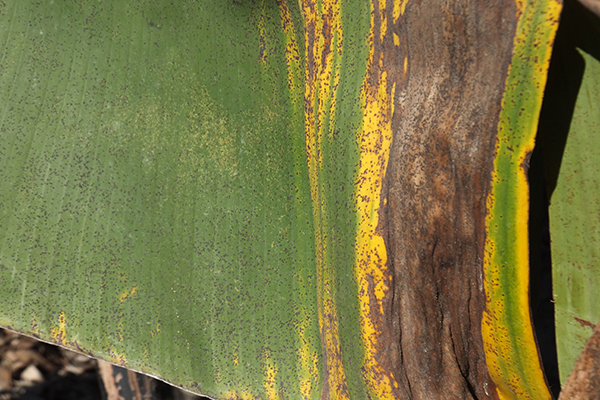

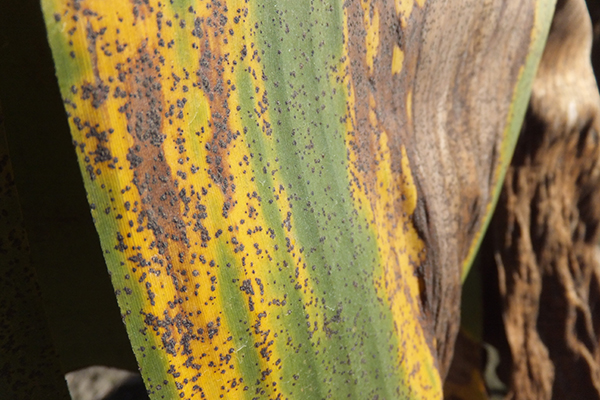
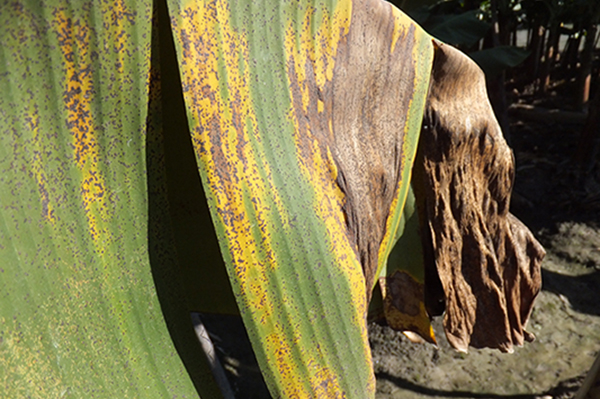
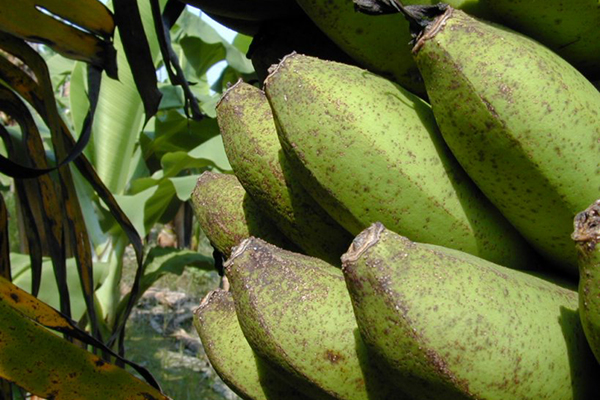
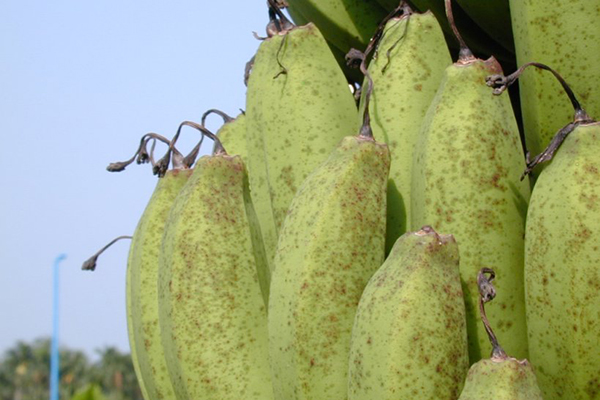
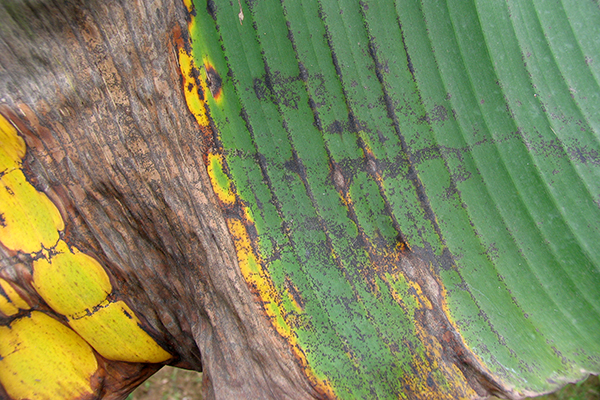
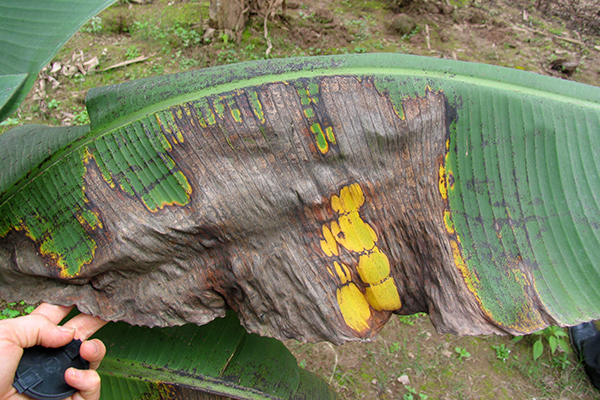
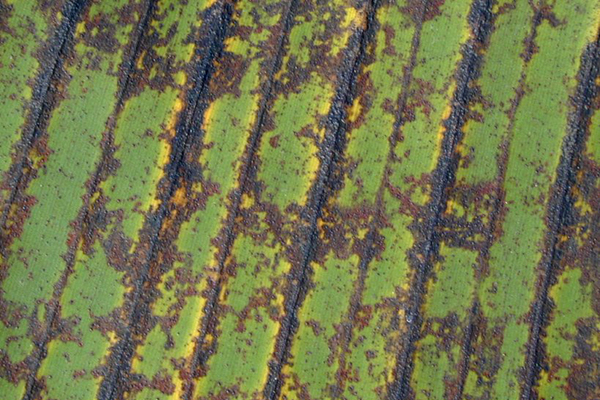
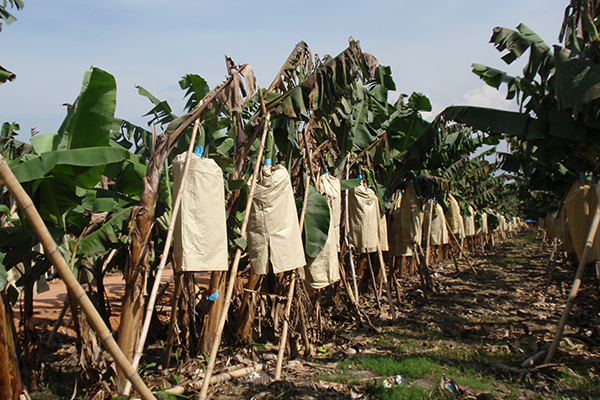
Vigilance is key. If you see something, say something.
To keep the Australian banana industry safe, it’s important that banana growers and anyone who grows backyard bananas of any variety, regularly check plants and report anything unusual by calling the Exotic Plant Pest Hotline on 1800 084 881.
More information:
References:
- Australian Government – Outbreak Animal and Plant Pests and Diseases. Banana freckle (Phyllostica cavendishii) [Internet]. Australia; 2023 Sept 7 [cited 2025 Sept 23]. Available from: https://www.outbreak.gov.au/current-outbreaks/banana-freckle
- Queensland Government – Business Queensland. Banana Freckle [Internet]. Queensland; 2025 Aug 5 [cited 2025 Sept 23]. Available from: https://www.business.qld.gov.au/industries/farms-fishing-forestry/agriculture/biosecurity/plants/priority-pest-disease/banana-freckle
This information has been curated as part of the National Banana Development and Extension Program, funded by Hort Innovation, using the banana research and development levies and contributions from the Australian Government. Hort Innovation is the grower-owned, not-for-profit research and development corporation for Australian horticulture. The Queensland Government has also co-funded the project through the Department of Primary Industries.

